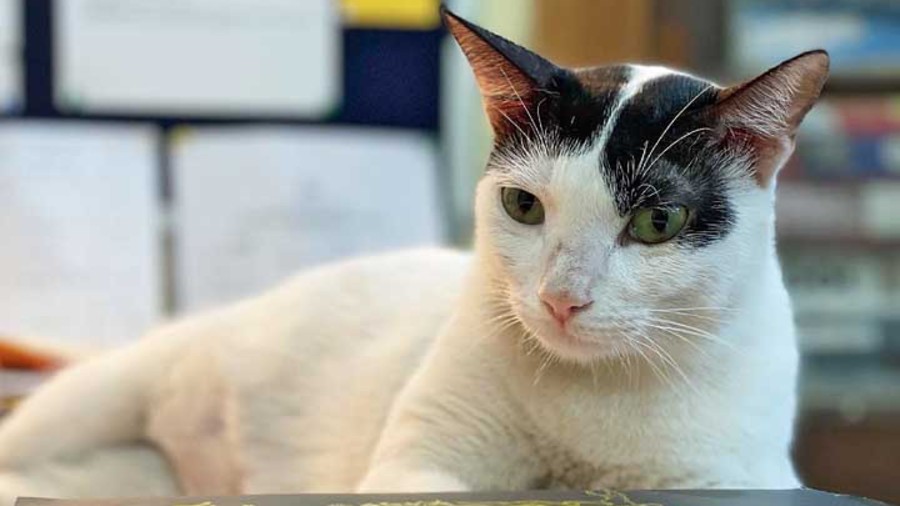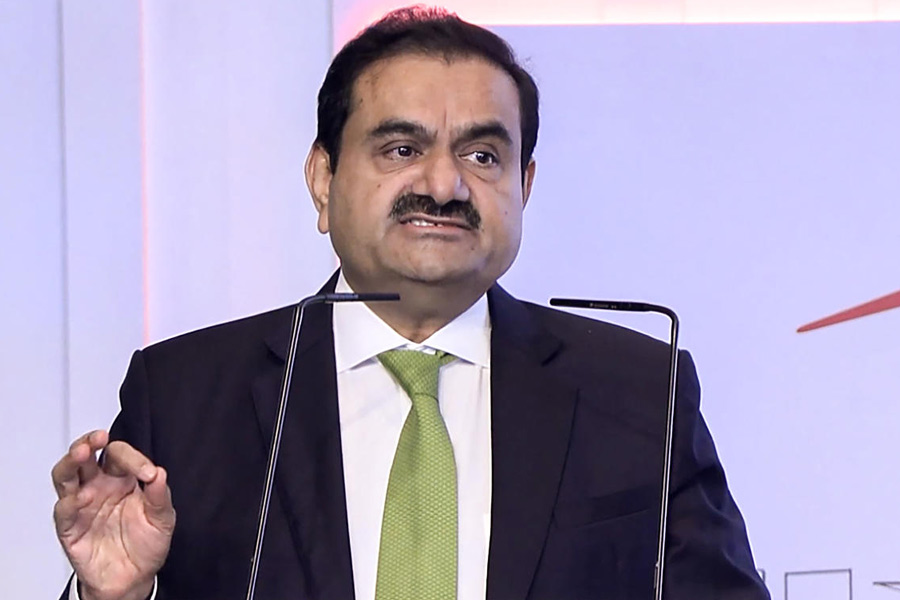Cat owners are always looking for a sign… any sign… about the cat’s mental health. Is the cat happy, sad, indifferent, angry but the answer we are generally made to depend on is how quickly the furry friend leaps to a bowl of tuna or chicken. Tech help is coming in the way of an app from Sylvester.AI, a joint venture between Canadian artificial intelligence technology company Alta ML and The Bar G. The app they have come up with is called Tably, which is currently in beta.
There are two sections to the app, one for clinics and the other for cat owners. Since it’s difficult to gauge if a cat is in discomfort or is unhappy, the app appears to tackle the complicated process through AI. All you need to do is point the smartphone at a feline face and Tably will immediately read the cat’s mood, which can be both reassuring as well as a oh-my-god moment, depending on the result.

Alta ML has blended Feline Grimace Scale (FGS) with machine learning to make a cat’s mood assessment technique accessible to the general public The Telegraph
To take the app through its pace, I had to roll around with my almost-two-year-old Tickles, which was not always a fun exercise, given the odd spots she finds for herself. Nevertheless, the results were mostly good with the app displaying messages like “Current mood of your cat: Happy. We’re 96 per cent sure.” The level of assurance varies a bit and there are moments when Tickles is “discontent”.
How plausible are the results? Tickles is a cat who moves her muscles every few hours while her home is mostly in the kitchen. You get the drift. Going by her usual behaviour, the results are roughly correct but I am not sure why discontent defined her on a couple of occasions, soon after she polished off packets of Sheba Maguro treat. It’s best to remember that the app is in beta stage, meaning it’s not the final product.
According to Wired, Tably was launched after the developers at AltaML discovered the Feline Grimace Scale (FGS), a scientifically-validated tool for assessing acute pain in cats based on changes in facial expression published in Scientific Reports and Nature in 2019. FGS can show how much pain a cat is feeling, taking into account five facial cues — ear position, orbital tightening, muzzle tension, whisker position and head position. Alta ML has blended FGS with machine learning to make the assessment technique accessible to the general public.
Usually, a happy cat sports a relaxed posture. Tail up, tip pointed forward… it means the cat is fine and is in a greeting posture. But if a cat goes off his or her food or there’s an increased dilation of the pupils then it could be a sign of anxiety.
There are plans to make Tably become part of a veterinarian’s post-appointment follow-up process in select markets but for the time being, we need to run around the house pointing the camera at our feline friend. After all, as P.G. Wodehouse, once wrote: “Cats, as a class, have never completely got over the snootiness caused by the fact that in ancient Egypt they were worshipped as gods. This makes them prone to set themselves up as critics and censors of the frail and erring human beings whose lot they share.” By the way, you can also try reading Old Possum’s Book of Practical Cats by T.S. Eliot when you are not chasing the four-legged furball.











